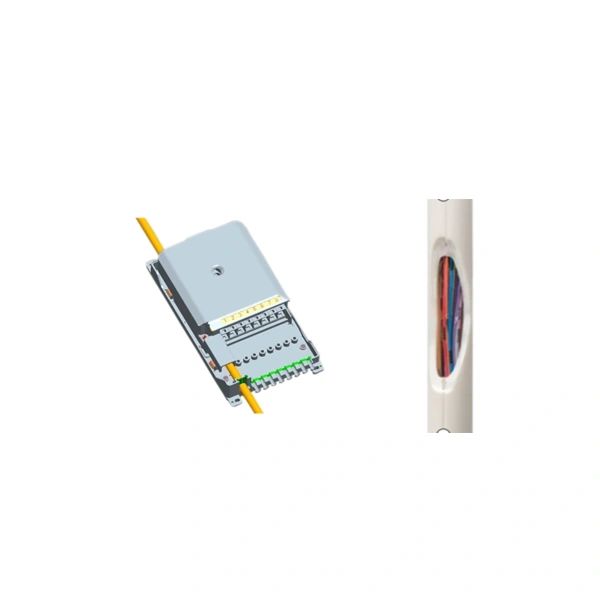Design Challenges and Innovations

Indoor optical cables play a crucial role in ensuring seamless connectivity and efficient data transmission in various environments. To meet the ever-increasing demands of modern communication systems, it is essential to design cables that offer both flexibility and scalability. In this article, we will explore the key principles and innovations that drive the design of indoor optical cables, enabling them to adapt to diverse installation scenarios.
1. Fiber Optic Cable Design
The first principle in designing flexible and scalable indoor optical cables is to leverage advanced fiber optic technology. The cable structure should accommodate multiple fiber strands with high-density arrangements. Employing tight buffer tubes protects the individual fibers from external stresses and facilitates easy termination. Furthermore, incorporating bend-insensitive fibers ensures an increased bending radius and minimizes signal loss. These design elements enable cables to be flexible and adaptable in various interior environments.
2. Cable Jacket Materials
The choice of cable jacket materials is vital for ensuring flexibility and scalability. Utilizing materials with excellent tensile strength, such as high-density polyethylene (HDPE) or polyvinyl chloride (PVC), provides robust protection while allowing for easy installation. In addition, low-smoke zero-halogen (LSZH) jacket materials are recommended to enhance safety in indoor environments where fire hazards are a concern. The cable design should comply with relevant fire safety standards to ensure a secure and flexible installation.
3. Connectivity and Splice Solutions
In order to achieve scalability, indoor optical cables should incorporate connectivity and splice solutions that provide ease of use and flexibility in network upgrades. Preterminated cables with factory-installed connectors simplify installation and reduce the risk of errors. Modular designs with easily replaceable connectors and adaptors allow for future expansions or modifications without requiring a complete cable replacement. Fusion splicing techniques enable quick and reliable connections, enhancing overall network scalability.
In conclusion, the design principles for flexibility and scalability of indoor optical cables revolve around advanced fiber optic technology, suitable cable jacket materials, and connectivity solutions. By incorporating these principles, cables can be designed to adapt to varying installation scenarios, ensure seamless data transmission, and accommodate future network expansions. The continuous innovation in indoor optical cable design facilitates the efficient and reliable operation of modern communication systems.



